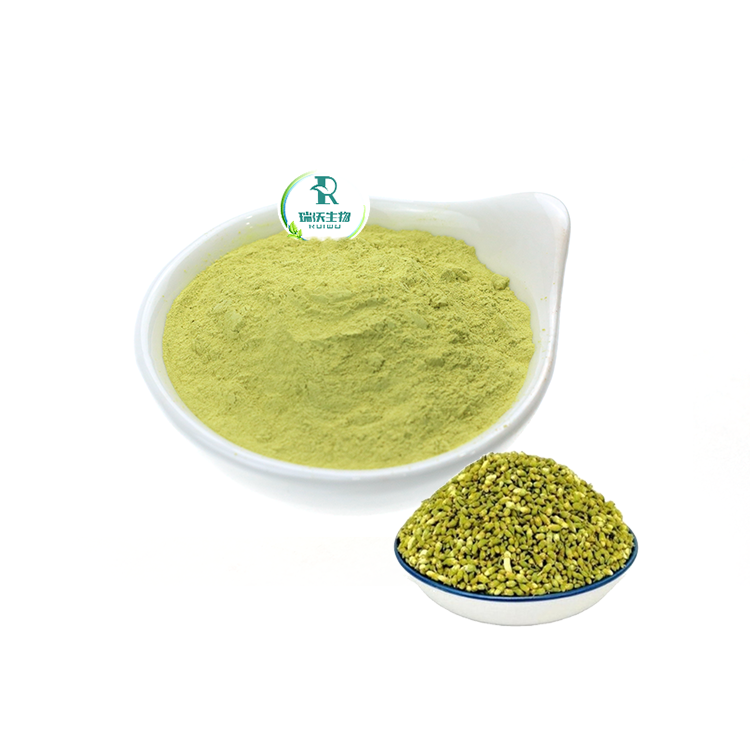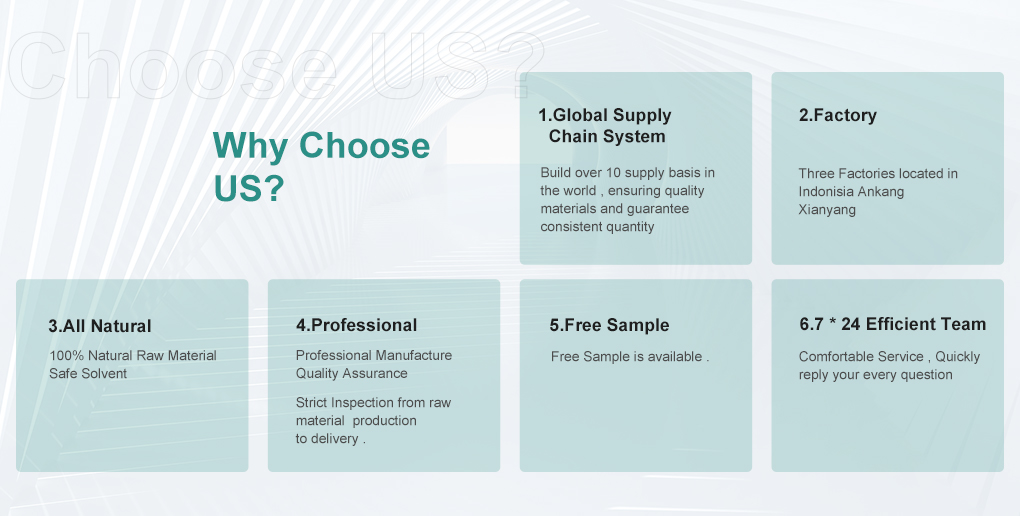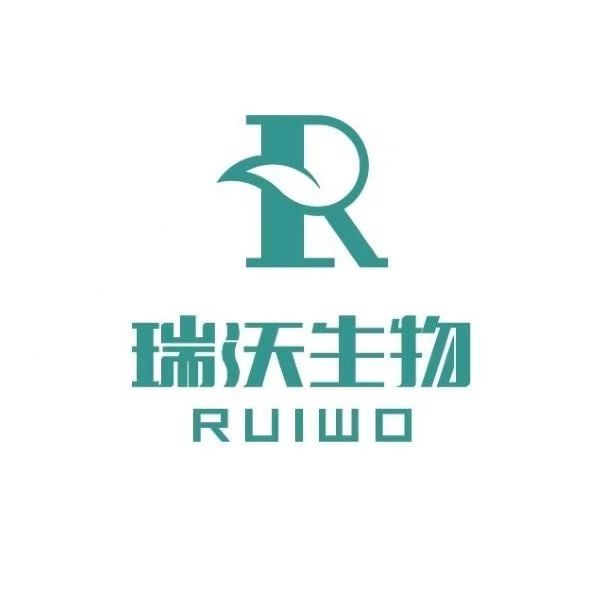What Exactly Is HPLC Testing?

High-Performance Liquid Chromatography (HPLC) is a precise laboratory technique designed to separate, identify, and measure chemical compounds in a mixture. For luteolin powder—often extracted from Sophora japonica (Japanese pagoda tree) flowers or peanut hulls—HPLC is considered the gold standard for determining purity. In practice, the sample is dissolved in a suitable solvent and pushed through a column filled with specialized packing material under high pressure. Different compounds travel at different speeds, allowing the luteolin molecule to be isolated and quantified. This ensures that the purity percentage stated on a Certificate of Analysis (COA) is based on accurate, reproducible data.
For bulk buyers—especially supplement brands, pharmaceutical companies, and cosmetic formulators—purity is not just a number; it determines how the ingredient behaves in a finished product.
-
Color & Appearance: High-purity luteolin (≥98%) typically has a bright yellow color, while lower-purity grades can appear dull or brownish due to plant pigments and residual materials.
-
Taste & Odor: Impurities can impart unwanted bitterness or astringency.
-
Solubility & Stability: Residual flavonoids or plant matter may affect how well luteolin dissolves in formulation solvents and how long it remains stable on the shelf.
-
Dosage Accuracy: Formulations based on inaccurate purity data may result in under-dosing or over-dosing, which can lead to regulatory problems and product recalls.
By verifying purity with HPLC, suppliers can guarantee that each kilogram of luteolin powder meets the exact concentration buyers expect.
How Does HPLC Compare to Other Testing Methods?

While methods like UV spectrophotometry are faster and less expensive, they measure absorbance at specific wavelengths—meaning other flavonoids with similar UV absorption can inflate the luteolin reading. HPLC solves this problem by separating each compound before detection. This means the result truly represents luteolin content, not a mixture of similar molecules.
For international buyers and importers, HPLC data carries greater credibility, especially when included alongside chromatograms in the COA. Regulatory bodies, auditors, and large-scale manufacturers often require HPLC-specific results to approve new suppliers.
Why Is Batch-to-Batch Consistency Important?
In the plant extract industry, inconsistency is one of the main reasons contracts are lost. If the first shipment meets the spec but the second drops in purity or changes in appearance, the buyer may need to re-run stability tests or reformulate. HPLC testing ensures:
-
Consistent Active Content: Every lot meets the same purity level.
-
Traceable Records: Chromatograms and batch COAs create a paper trail for audits.
-
Reduced Risk of Complaints: Minimizes disputes over purity claims and prevents rejection at quality control checkpoints.
For supplement brands, this consistency means they can keep product labels accurate without reformulation costs.

How Can Buyers Verify HPLC Testing?

A trustworthy supplier will provide:
-
COA with Purity Percentage (e.g., “Luteolin 98.0% by HPLC”)
-
Chromatogram Graph showing a clear luteolin peak at the correct retention time
-
Testing Method Reference (e.g., column type, mobile phase, detection wavelength)
-
Independent Third-Party Testing if required by the buyer
If a supplier is reluctant to share chromatograms or gives purity results without specifying the method, that’s a red flag.
About Ruiwo:


contact us:
Address:Room 703, Ketai Building, No. 808, Cuihua South Road, Xi’an, Shaanxi, China
E-mail: info@ruiwophytochem.com
Phone: 008613484919413 0086-29-89860070
Hours: Monday-Friday: 9am to 6pm
Post time: Aug-14-2025




